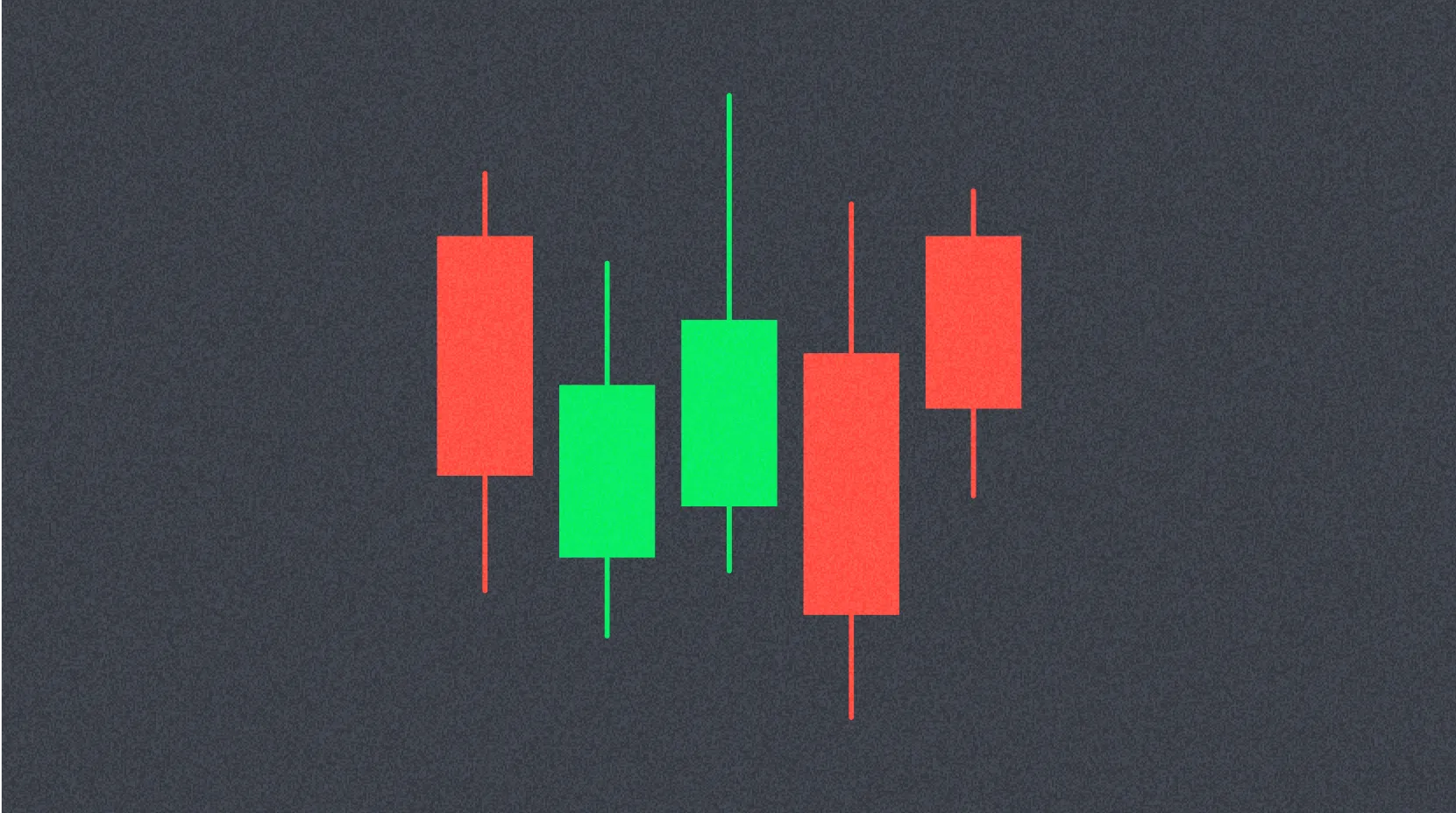Ticker Symbol

Ticker symbols are short alphabetic identifiers used in financial markets to represent specific assets, typically consisting of uppercase letters in the cryptocurrency space, such as BTC for Bitcoin and ETH for Ethereum. These codes play a crucial role in exchanges and market data, allowing investors, traders, and analysts to quickly identify and reference specific crypto assets without using their full names. As the cryptocurrency market expands, this standardized system of asset identification has become increasingly important, particularly for automated trading systems, market data aggregation, and portfolio tracking.
Ticker symbols have a widespread impact on crypto markets. First, they facilitate market liquidity and trading efficiency, enabling traders to execute buy and sell orders quickly without confusing assets. Second, ticker symbols have become key elements of brand identity, with codes of prominent projects often carrying significant brand value and market recognition. For instance, BTC has become a globally recognized identifier for Bitcoin with instant market recognition. Additionally, ticker symbols play a central role in market data dissemination, allowing price information, trading volumes, and market dynamics to be efficiently transmitted and standardized across platforms.
Despite the convenience they provide, ticker symbols face several risks and challenges. First is the issue of code confusion, where some cryptocurrencies may use similar ticker symbols, leading to investor confusion between different assets. For example, BCH (Bitcoin Cash) and BTC (Bitcoin) might confuse novice investors. Second is code inconsistency, where the same cryptocurrency might use different ticker symbols across various exchanges, adding complexity to market data integration. Furthermore, with thousands of cryptocurrencies emerging, code exhaustion has become a real issue, making it difficult for new projects to obtain concise, clear identifiers. Finally, some projects may implement fraudulent activities by mimicking ticker symbols of well-known assets, increasing risks for investors.
Looking ahead, cryptocurrency ticker symbols are likely to evolve in several ways. First, we may see more standardized naming conventions emerge, possibly driven by industry organizations or major exchange alliances, to reduce inconsistencies and enhance market transparency. Second, as the token economy expands, more sophisticated tiered naming systems might emerge to distinguish between different types of digital assets, such as governance tokens, utility tokens, and security tokens. Third, the increase in cross-chain assets may drive ticker symbol systems to evolve to reflect the blockchain networks on which assets reside. Finally, the development of regulatory frameworks may influence cryptocurrency naming conventions, particularly in distinguishing between compliant and non-compliant assets.
Ticker symbols, as fundamental components of the cryptocurrency ecosystem, go far beyond simple identification. They constitute a universal language for market communication, facilitate global trading activities, and help shape project brand identities. As the crypto industry continues to mature, a more consistent, transparent, and functionally rich ticker symbol system will be key to supporting market growth, reducing investor risk, and promoting broader adoption.
Share
Related Articles

Exploring 8 Major DEX Aggregators: Engines Driving Efficiency and Liquidity in the Crypto Market

What Is Copy Trading And How To Use It?
